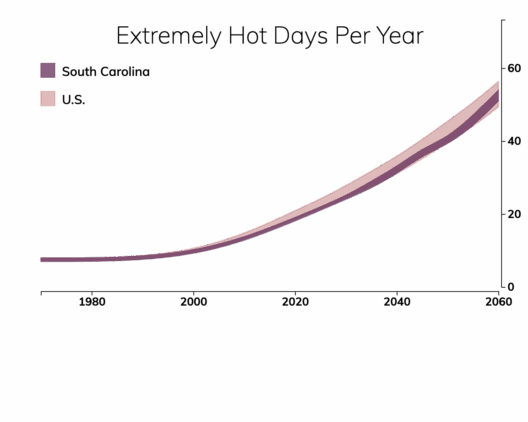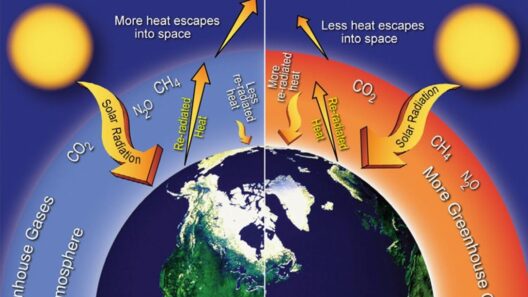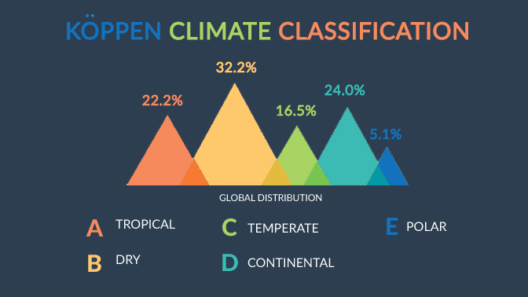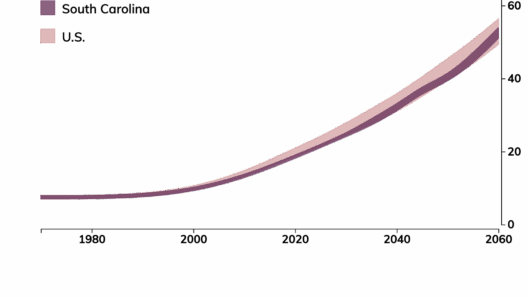Argentina, a nation of vast geographical diversity, presents a fascinating spectrum of climatic conditions. It spans approximately 3,650 kilometers from north to south, leading to a remarkable variety of weather patterns influenced by various geographical features. From the icy peaks of the Andes to the sun-soaked plains of the Pampas, Argentina’s climate is a tapestry of contrasts, driven by its topography, latitude, and atmospheric dynamics.
The Andes, the longest mountain range in the world, runs alongside Argentina’s western edge, serving as a formidable climatic barrier that significantly affects weather patterns. This colossal range traps moisture-laden winds coming from the Pacific Ocean. The western slopes receive substantial precipitation, which dwindles significantly as one approaches the eastern plains. This phenomenon, known as orographic lift, imparts a distinct temperate rainforest climate to the western foothills, promoting a rich biodiversity that stands in stark contrast to the arid conditions that dominate the Patagonian steppe.
As one traverses from the Andean foothills to the east, the climate shifts dramatically. The Pampas, Argentina’s fertile lowlands, bask in a temperate climate characterized by distinct seasons. Summers can be scorchingly hot, with temperatures soaring above 30 degrees Celsius, while winters can be crisp, often dipping below zero. Here, the convergence of warm winds and the cold currents descending from the Andes creates a unique climatic interplay that supports extensive agricultural activities. The Pampas are indeed the backbone of Argentina’s agricultural industry, producing a significant portion of the country’s staple crops.
Interestingly, this agricultural prowess is emblematic of a broader climatic dichotomy that often elicits both admiration and concern. The rich, black soils of the Pampas, enriched by the continental climate, support vast expanses of wheat, maize, and soybeans. However, the same climatic conditions that foster robust agricultural yields also render the region vulnerable to the whims of climate change. A warming climate exacerbates drought conditions, leading to the desiccation of these once-fertile lands. As rainfall becomes increasingly erratic, the overarching question remains: how will Argentine agriculture adapt to these shifting climatic paradigms?
Meanwhile, Patagonia, in stark contrast, is characterized by its severe winds and alpine conditions. This region is less inhabited, often depicting a landscape marked by immense glaciers, rugged mountains, and deep fjords. The climate here is classified as cold and dry, rarely showing the agricultural potential of the Pampas. Most of Patagonia experiences a subpolar oceanic climate, where temperatures rarely soar, and precipitation is mostly concentrated in summer. This climatic isolation fosters unique ecosystems, but it also leaves the region susceptible to the effects of climate change.
Climate in Argentina is not solely a matter of regional differences; it is also interwoven with cultural narratives. Many Argentines have a deep-seated connection to their environmental landscape, influencing everything from traditions to cuisine. The varied climates facilitate a rich culinary heritage that embraces ingredients from both the temperate Pampas and the frigid Patagonian regions. Yet, this culinary diversity is increasingly threatened by climate change, which could disrupt traditional agricultural practices, thus jeopardizing centuries of accumulated knowledge.
The nuances of Argentina’s climate extend beyond cultural implications to global conversations. As a nation heavily reliant on agriculture, Argentina contributes significantly to global food supply, particularly in the context of soybean production. However, the reality of soil degradation and shifting climatic conditions presents a paradox: how to maintain this vital contribution in an increasingly inhospitable environment? The potential decline of agricultural output due to climate change serves as a clarion call, emphasizing the need for innovative agricultural practices and sustainable management of natural resources.
Another aspect of climate in Argentina worth noting is its impact on biodiversity. The country’s varying climates create distinct habitats, each supporting unique flora and fauna. For instance, the wetlands of the Pampas are critical breeding grounds for various bird species, while the Andean regions are home to numerous endemic plants and animals adapted to extreme conditions. However, human activity, coupled with climate change, threatens these delicate ecosystems. Habitat loss, invasive species, and increased frequency of weather extremes undermine the resilience of these environments, highlighting the interconnectedness of climate dynamics and biodiversity.
In conclusion, Argentina’s climatic complexity is a microcosm of broader environmental challenges faced by the globe. With its juxtaposition of the icy Andes and the warm Pampas, Argentina reflects the profound influences of geography and climate on culture, economy, and biodiversity. The recent impacts of climate change pose existential questions regarding sustainability and adaptation for both the natural world and human communities. Understanding Argentina’s climate is not merely an academic exercise; it embodies a call to action. As a nation situated at the crossroads of diverse climatic conditions, Argentina’s future will undoubtedly be shaped by the choices made today in response to its multifaceted climatic realities. The time to act is now, to ensure that Argentina’s rich environmental legacy endures for generations to come.








